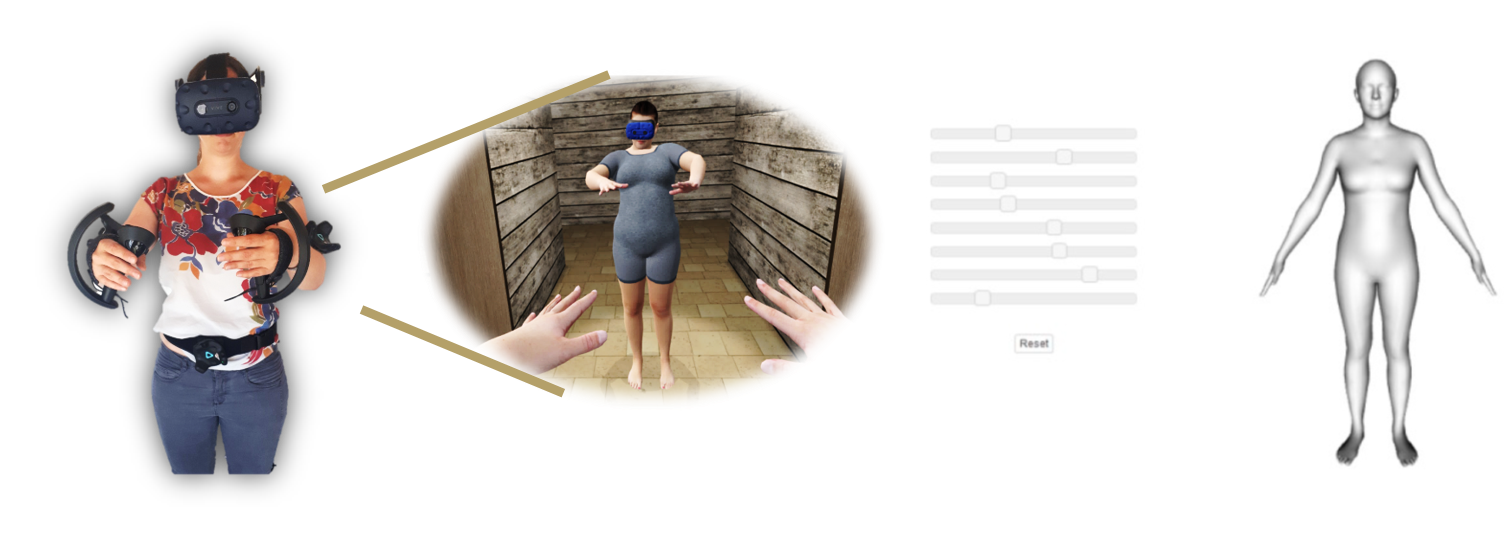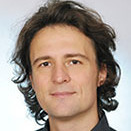Human Pose, Shape and Action
3D Pose from Images
2D Pose from Images
Beyond Motion Capture
Action and Behavior
Body Perception
Body Applications
Pose and Motion Priors
Clothing Models (2011-2015)
Reflectance Filtering
Learning on Manifolds
Markerless Animal Motion Capture
Multi-Camera Capture
2D Pose from Optical Flow
Body Perception
Neural Prosthetics and Decoding
Part-based Body Models
Intrinsic Depth
Lie Bodies
Layers, Time and Segmentation
Understanding Action Recognition (JHMDB)
Intrinsic Video
Intrinsic Images
Action Recognition with Tracking
Neural Control of Grasping
Flowing Puppets
Faces
Deformable Structures
Model-based Anthropometry
Modeling 3D Human Breathing
Optical flow in the LGN
FlowCap
Smooth Loops from Unconstrained Video
PCA Flow
Efficient and Scalable Inference
Motion Blur in Layers
Facade Segmentation
Smooth Metric Learning
Robust PCA
3D Recognition
Object Detection
Bodies and Eating

Body representation is an essential part of a person’s self-concept and also shapes how we see the world. In individuals with eating disorders or overweight, a disturbed body representation plays a major role for the development and maintenance of the disorder. People with eating disorders or overweight typically are extremely dissatisfied with their body and cannot accept their body as it is. In this project, we cooperate with partners from the University Hospital Tübingen to develop ecologically valid methods for the assessment of body representation and new approaches for body image therapy.
In a first step, we created biometric figure rating scales [], a desktop experiment [
] and a virtual reality mirror scenario [
] to investigate how people with eating disorders perceive their body as well as other people’s bodies. In a series of projects in cooperation with the university hospital Padova (IT) and the LVR hospitals Essen, we assessed >100 participants from the general population as well as >200 people with eating disorders and overweight. Our observations demonstrate that patients with eating disorders and overweight have accurate representations of how they look and how others look, i.e. other than previously assumed they do not misperceive bodies (own or other people’s) as normal when they are not. However, we consistently observed that women with anorexia nervosa favored a much thinner body as ideal weight for themselves than healthy women.
In ongoing work, we are now exploring how virtual reality technology can support patients in accepting a healthy body weight for their own. To this end, we created a virtual reality setup that displays a semi-individualized biometric body with adjustable weight in a changing cabin. In a first study we demonstrated that experiencing the illusion of an overweight body can induce high arousal in healthy individuals with high weight and shape concern; i.e. the illusion is strong enough to be affectively relevant even for a subclinical group. Currently, we are exploring the effects of a virtual exposure to normal weight in patients with anorexia nervosa. Following the rationale of fear treatment, we expect that it might help them overcoming fear of weight gain and facilitate recovery.
Members
Publications







